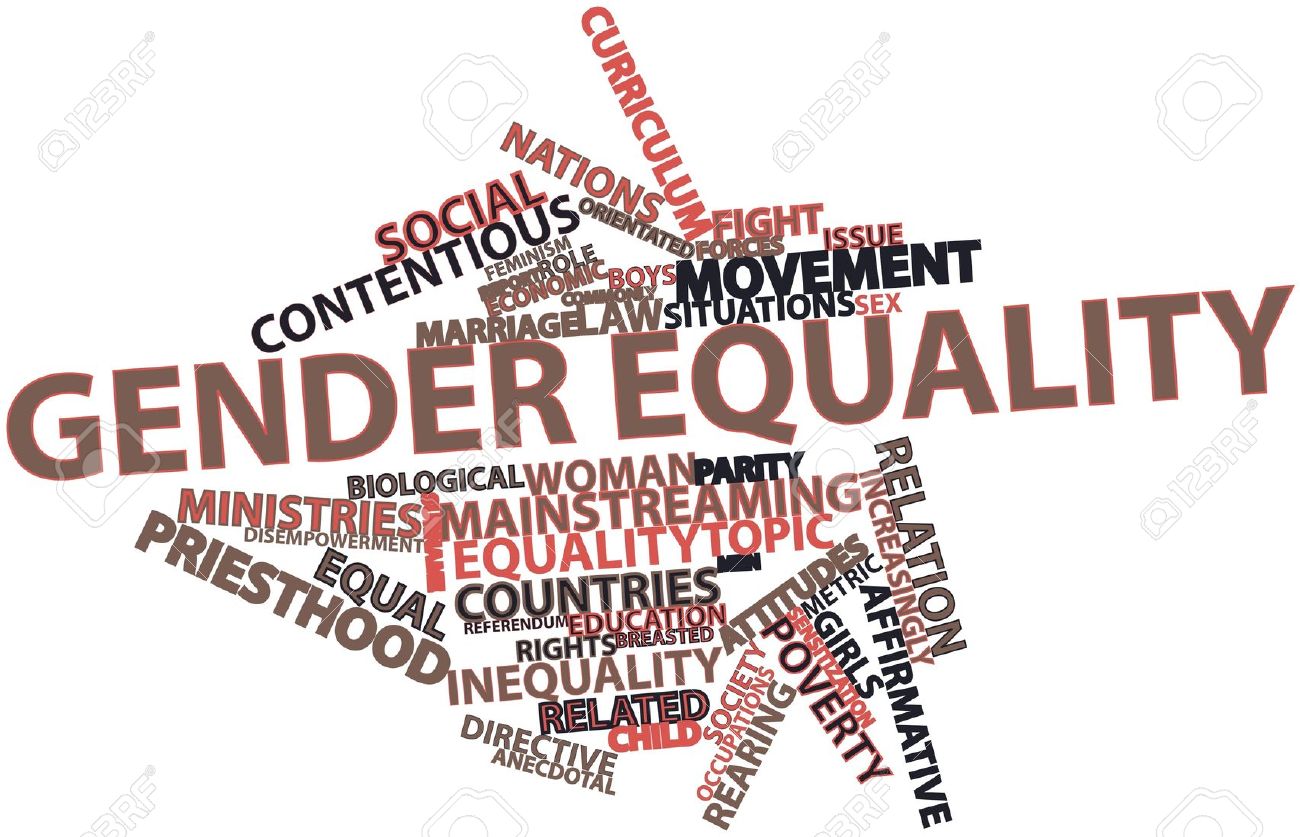
Women’s rights? Looking for a new equal gender strategy
Employment and Social Affairs 5 February 2016The European Parliament called for the European Commission to table a communication on a new strategy for gender equality and women’s rights 2016-2020 as soon as possible and deliver on its political commitments. “The Commission has a clear responsibility to launch policies on equality between women and men and to address important issues such as violence against women, the gender pay gap, and the balance between personal and working life” declared MEPs.
The EP first called for a new post-2015 strategy on gender equality and women’s rights in a resolution voted 9 June 2015. On August 2015, the European Commission presented a “Roadmap: new start to address the challenges of work-life balance faced by working families”, a package setting out policy options to address the challenges of work-life balance faced by working families. Since then, no other inter-institutional valuable document has been delivered.
The Roadmap addresses the low participation of women in the labour market by modernising and adapting the current EU legal and policy framework to today’s labour market to allow for parents with children or those with dependent relatives to better balance caring and professional responsibilities.
Women’s employment is tightly linked to the distribution of work and family responsibilities between women and men as evidence demonstrates clearly that when having children, women tend to work less hours in the paid employment and spent more time in fulfilling the unpaid care responsibilities, while men tend to work more in paid positions. In most countries, female labour market participation remains below its potential due to a lack of possibilities to balance work and family responsibilities, including lack of affordable childcare, rigid working arrangements or absence of incentives for men to take more care responsibilities in their families. This situation leads to a high risk of poverty for women and represents also a waste of resources for the EU economy and sub-optimal allocation of skills and competences acquired through education by women.
The main problem to be addressed is women’s under-representation in employment. The participation of women in the labour market in the EU has not increased very significantly since 2006 and the employment rate is still lower than in other developed countries of the world, like USA or Japan. There are significant differences across Member States, with employment rates ranging from approximately 40% to around 75%.
The underrepresentation of women continues despite the fact that women are increasingly well qualified, even out-performing men in terms of educational attainment. Women are often trapped in low productivity, low-skilled and low-paid sectors and jobs and face a high gender pay gap. Overall, women’s lower pay, higher concentration in part-time work, and greater interruptions in their careers due to care contribute to a greater risk of poverty and social exclusion that increases further when they get older due to a very large gender pension gap.
From this point of view, this new initiative will increase the participation of women in the labour market through better work-life reconciliation, appropriate protection; moreover, a strengthened gender equality will contribute to the priority of the Commission on growth and jobs in particular to achieve the employment headline target of Europe 2020.
“Women deserve a long-term visionary strategy with an overarching policy framework with a wide range of issues, proper benchmarks, monitoring and accountability mechanisms”, said MEP Mizzi.
In developing a comprehensive strategy to boost gender equality, the European Union will deliver not only a concrete action to strengthen women’s rights but it will provide new impetus to promote gender equality also at international level.






